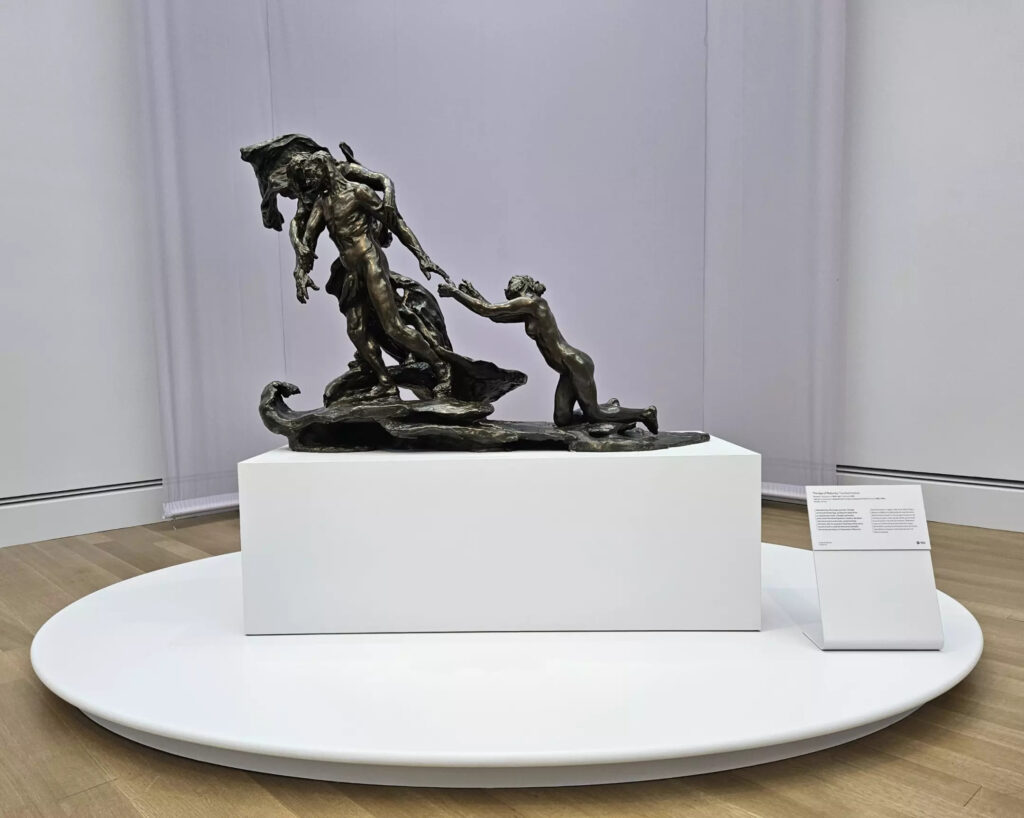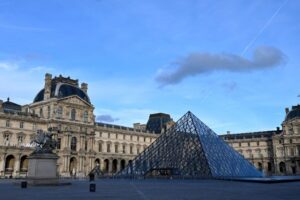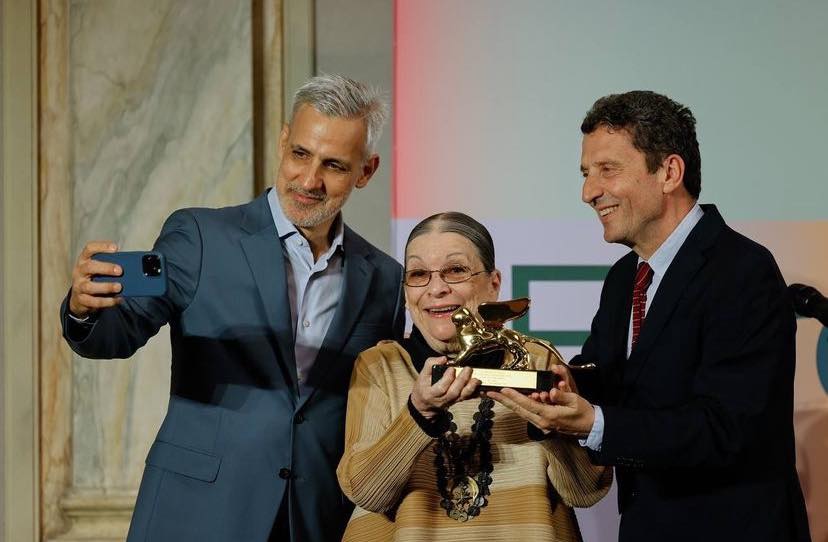Camille Claudel’s legacy is celebrated in a new exhibition as a towering figure in modernist sculpture within France.
Claudel’s life, marked by tragedy including confinement in an asylum during her final years, has been portrayed on screen, notably by Isabelle Adjani opposite Gerard Depardieu in the 1988 film “Camille Claudel,” and later by Juliette Binoche in “Camille Claudel 1915” (2013). Initially a student, model, muse, and lover to Rodin, Claudel evolved into his artistic rival, creating works that were equally radical and expressive.

Now, showcased at the Getty until July 21, is the first North American exhibition in over 30 years dedicated solely to Claudel’s oeuvre, featuring approximately 60 pieces.
The centerpiece of the exhibition (first unveiled in the U.S. at the Art Institute of Chicago) is “The Mature Age,” accompanied by multiple renditions of Claudel’s iconic work, “The Waltz.” Additionally, a plethora of bronze and marble portraits are on display, a genre that was somewhat unconventional for female sculptors of the time, as they risked controversy by working with professional nude models. Claudel’s striking portrayal of Rodin is equaled only by “The Little Lady,” a marble sculpture capturing the essence of childhood.

Among the highlights is “The Chatterboxes,” carved in green onyx, portraying four women engaged in gossip, leaning in conspiratorially. Noteworthy is its depiction of the female gaze—nude figures not solely celebrated for their physical allure but for their animated interaction with one another.
“The Waltz,” characterized by a dynamic diagonal sweep, features a pair of dancers emerging from swirling folds of fabric. Anne-Lise Desmas, senior curator of sculpture and decorative arts at the Getty Museum, notes, “A lot of artists were pushing boundaries to the extreme, and the [government] was not always prepared. That was the case with ‘The Waltz.'”











